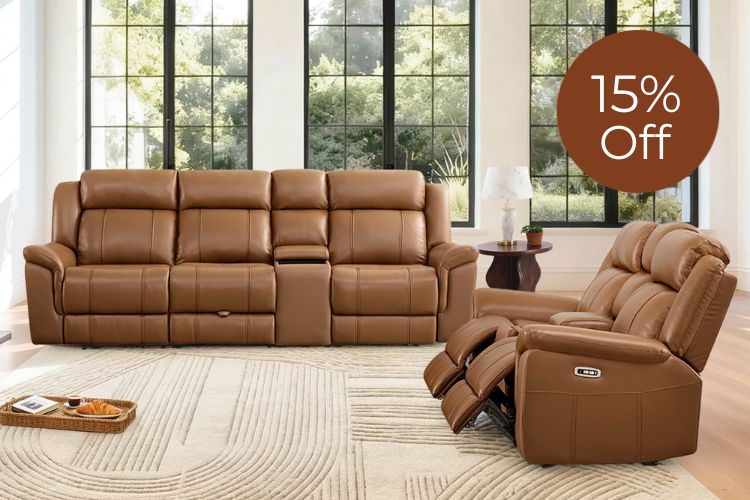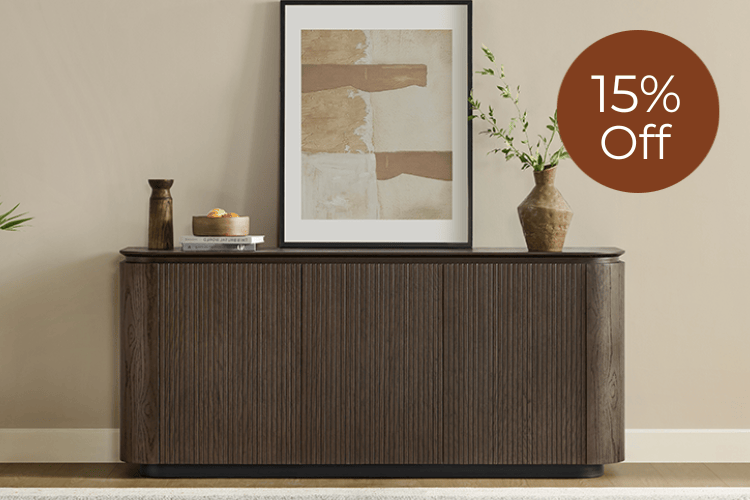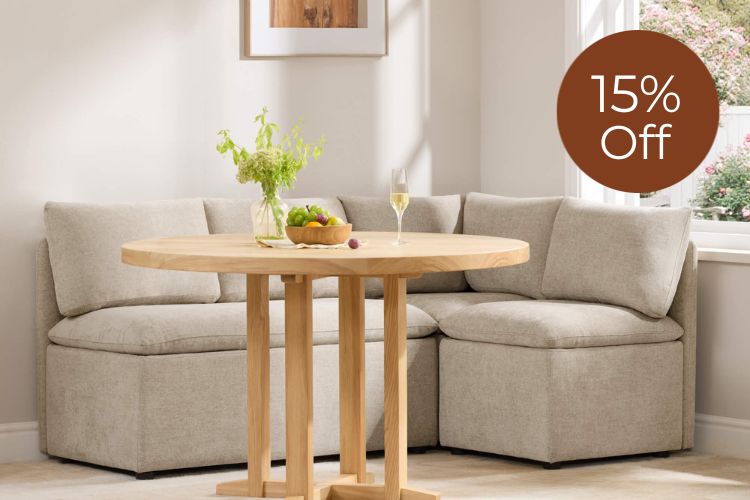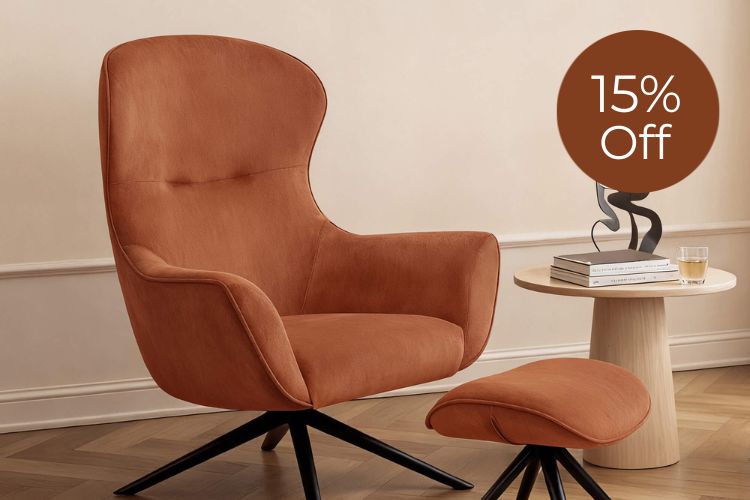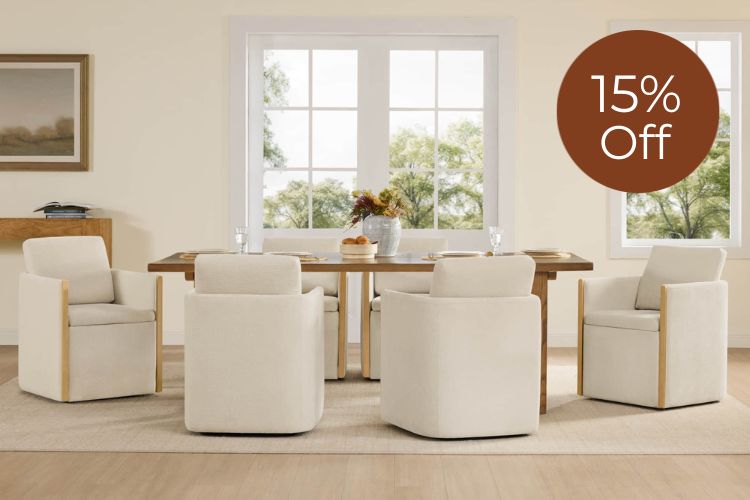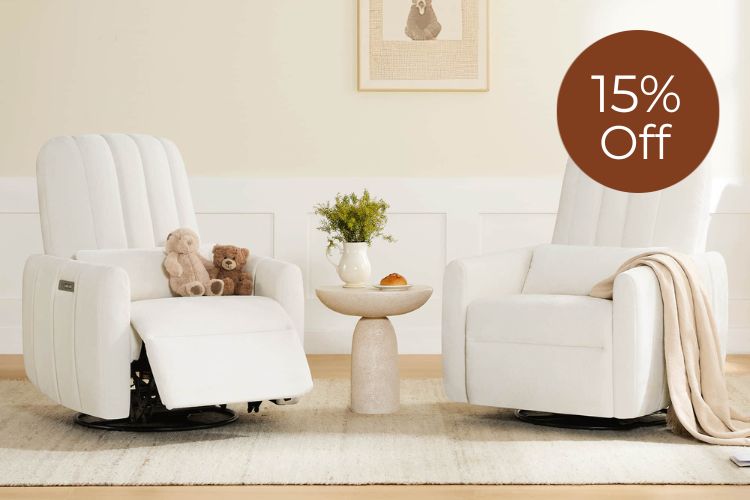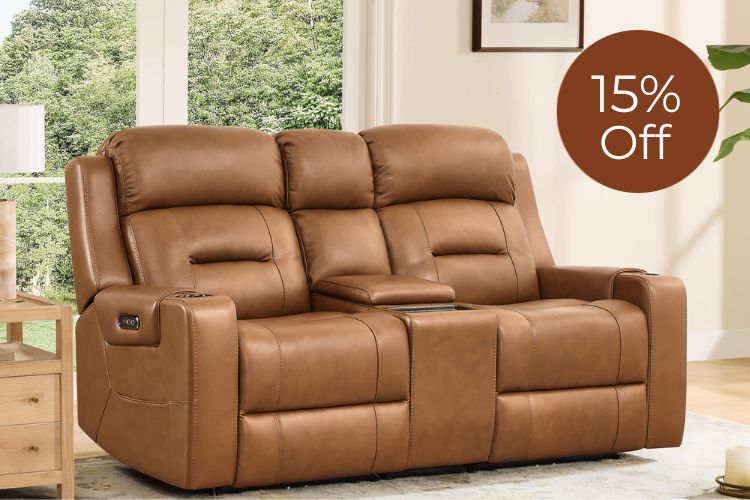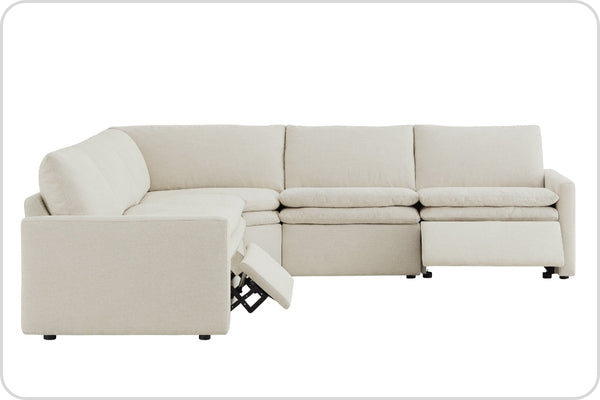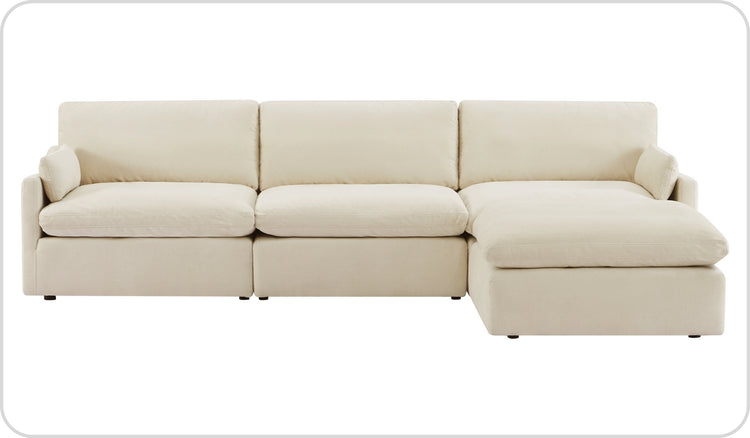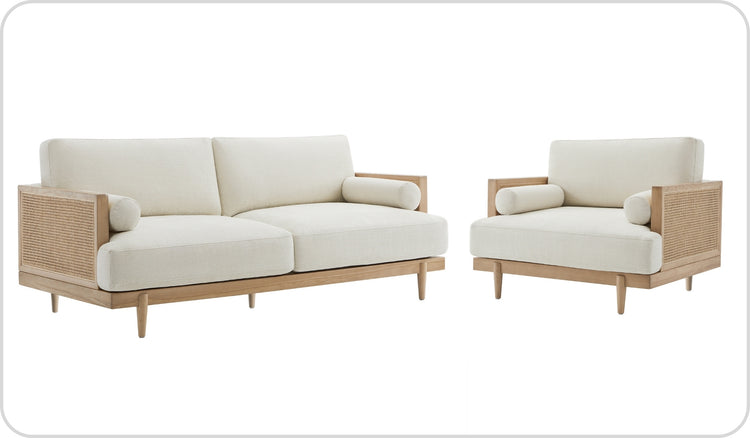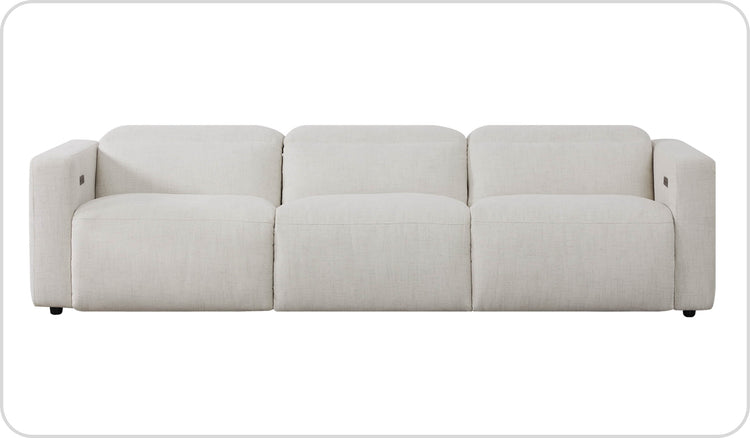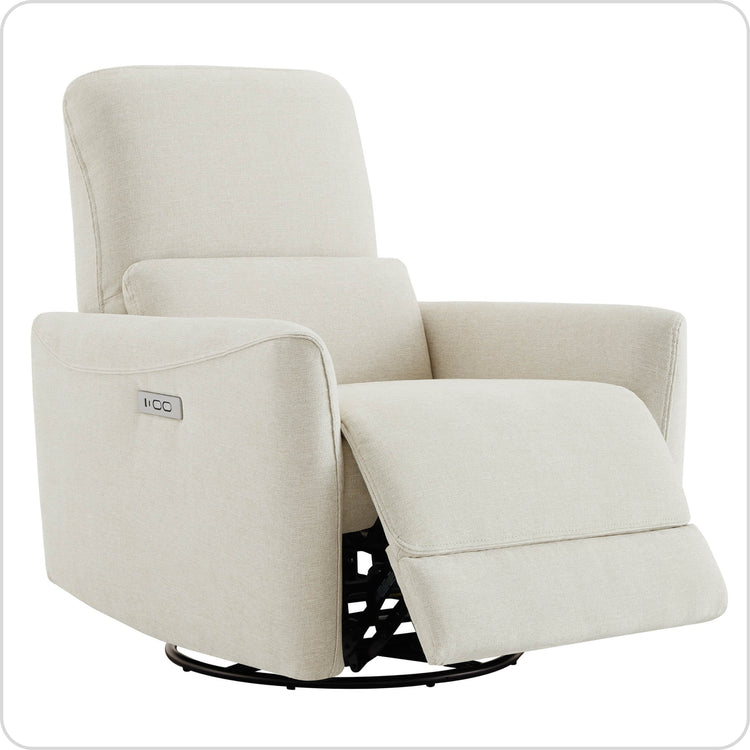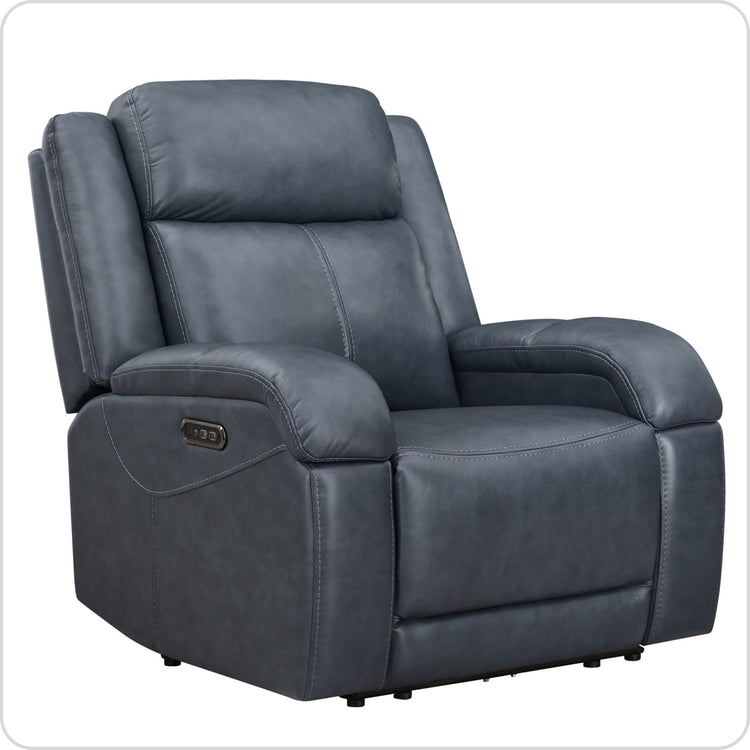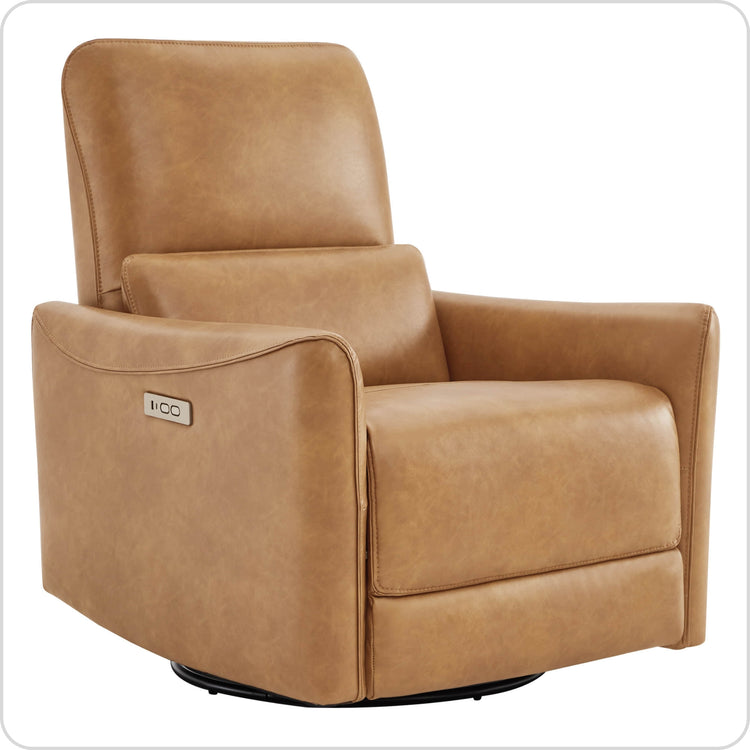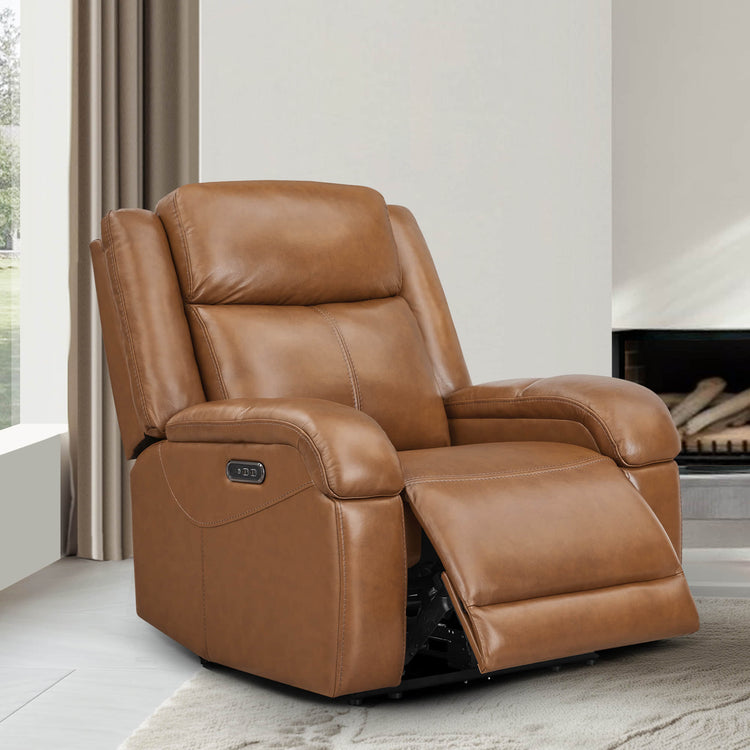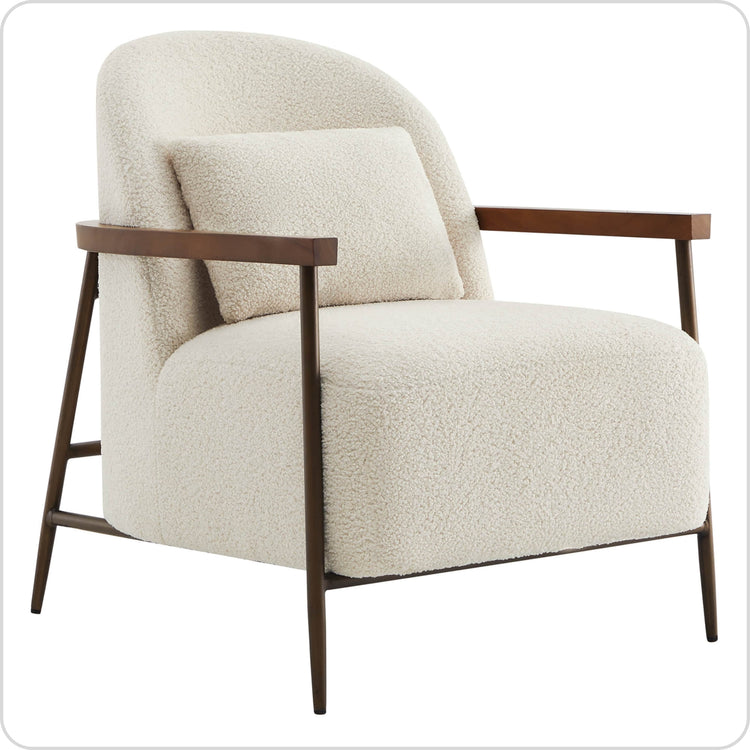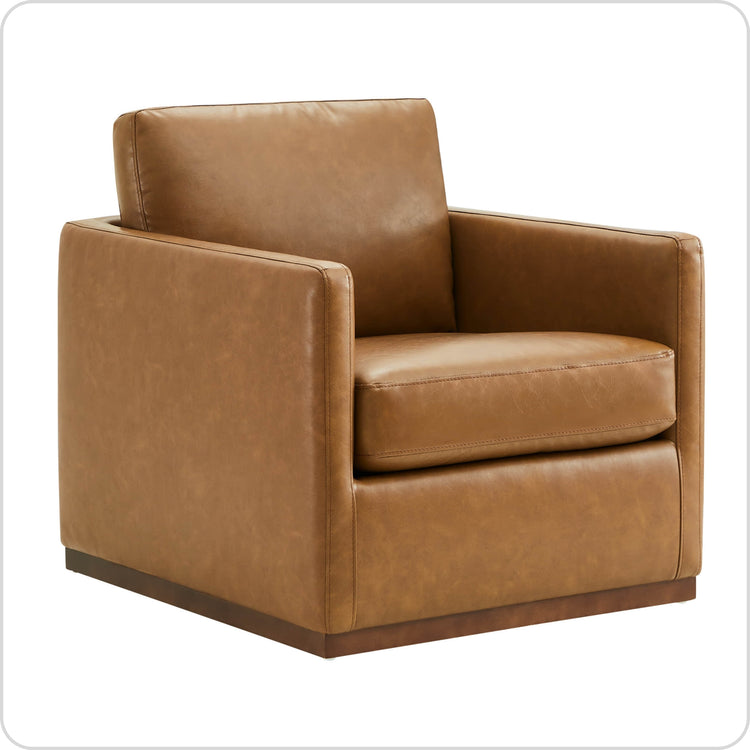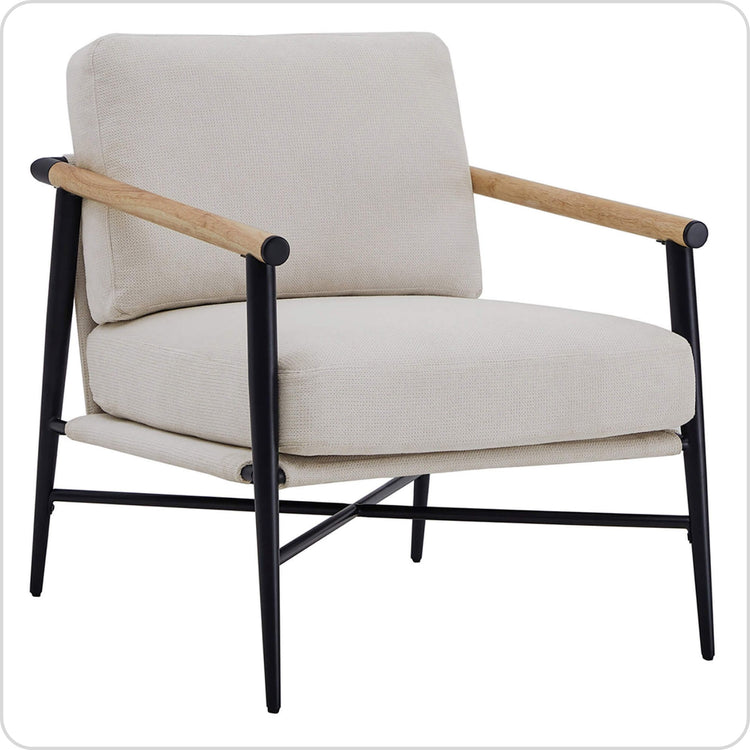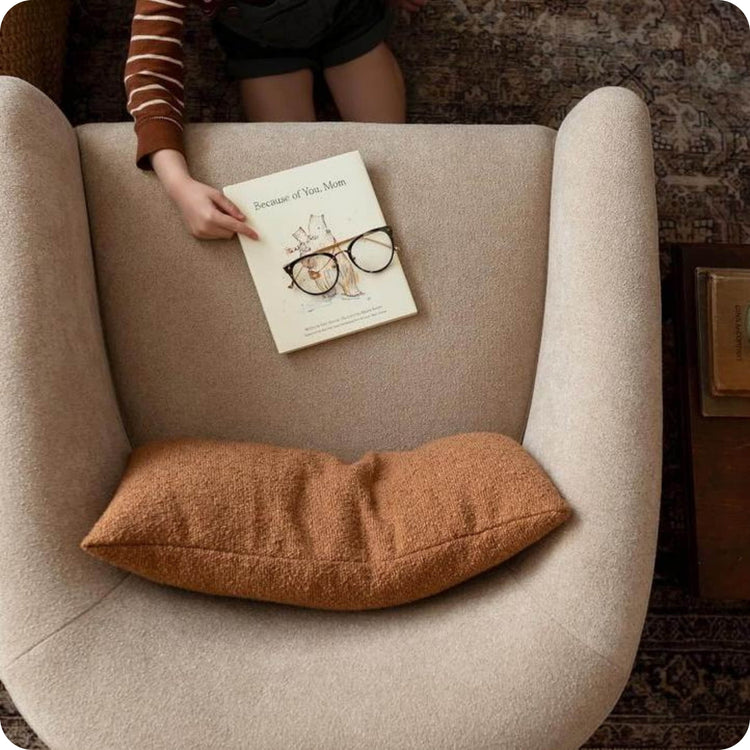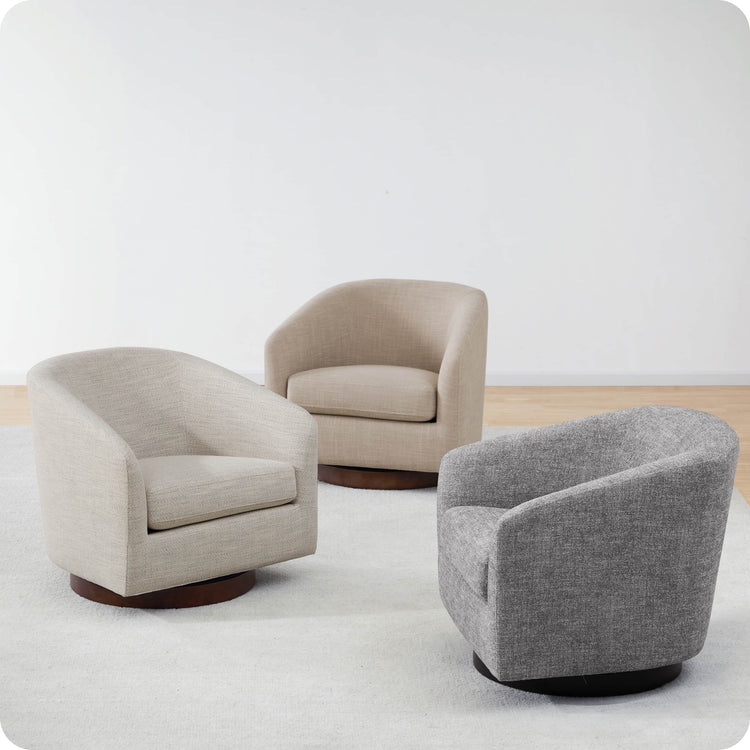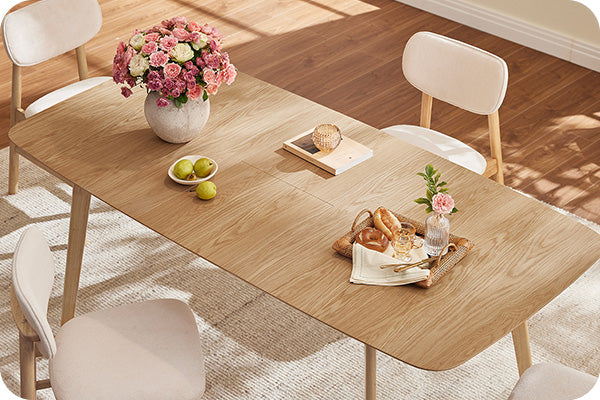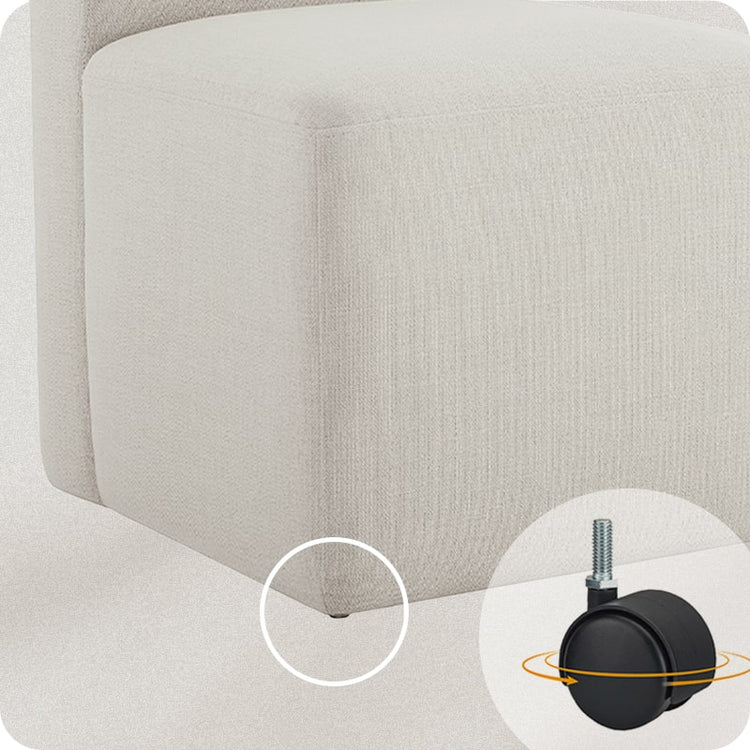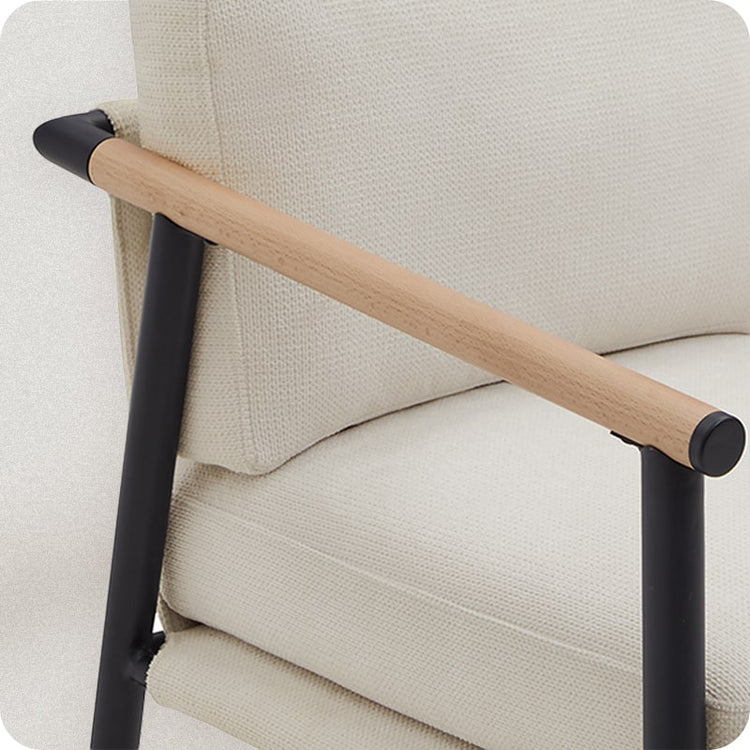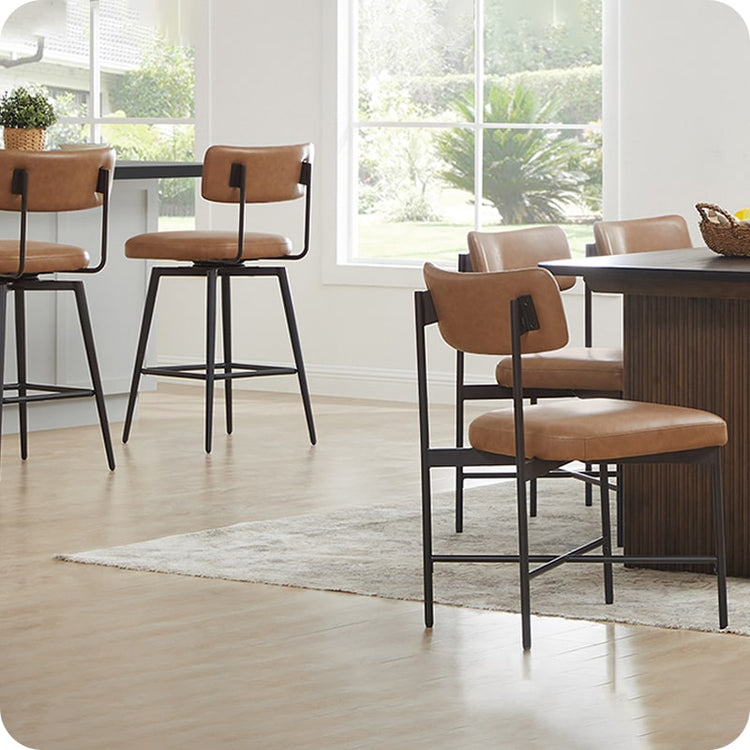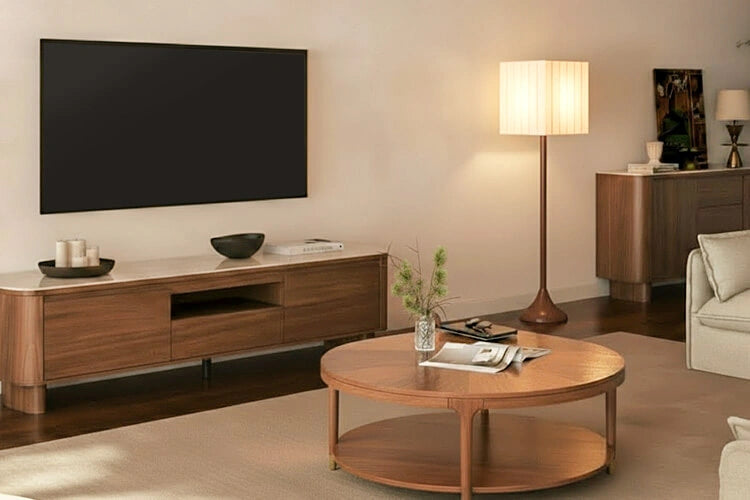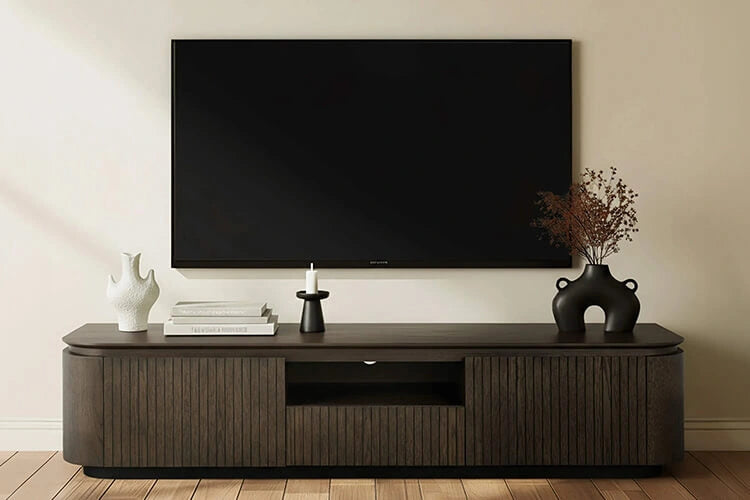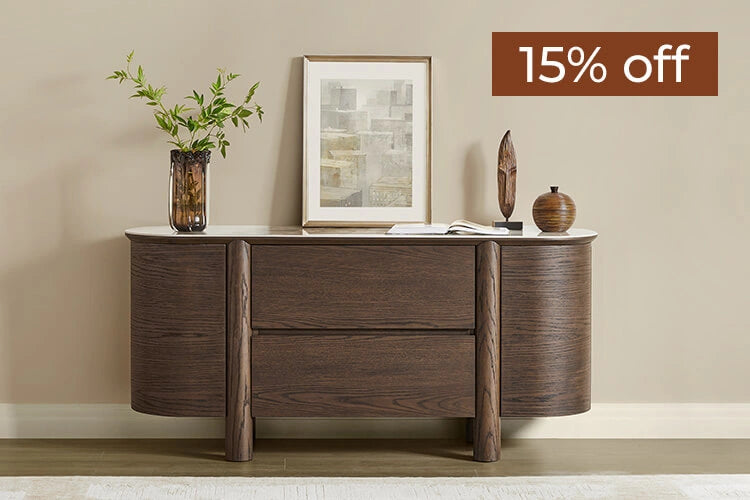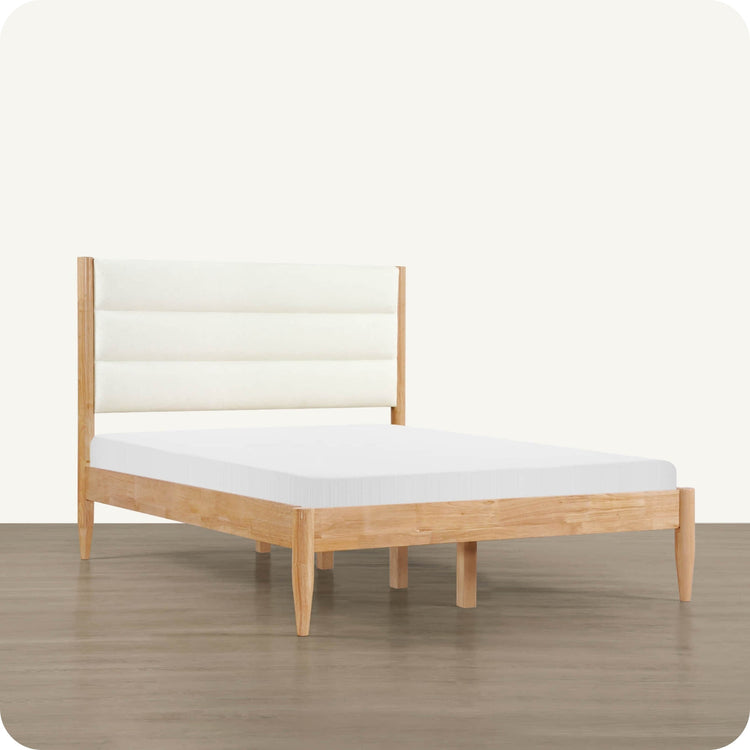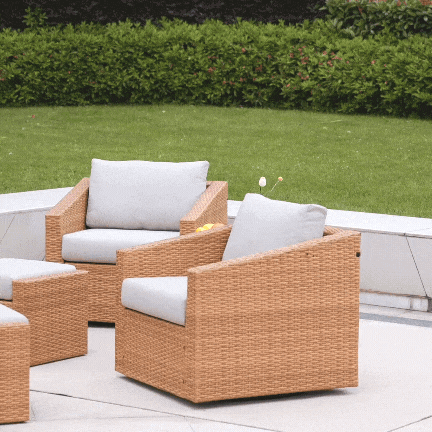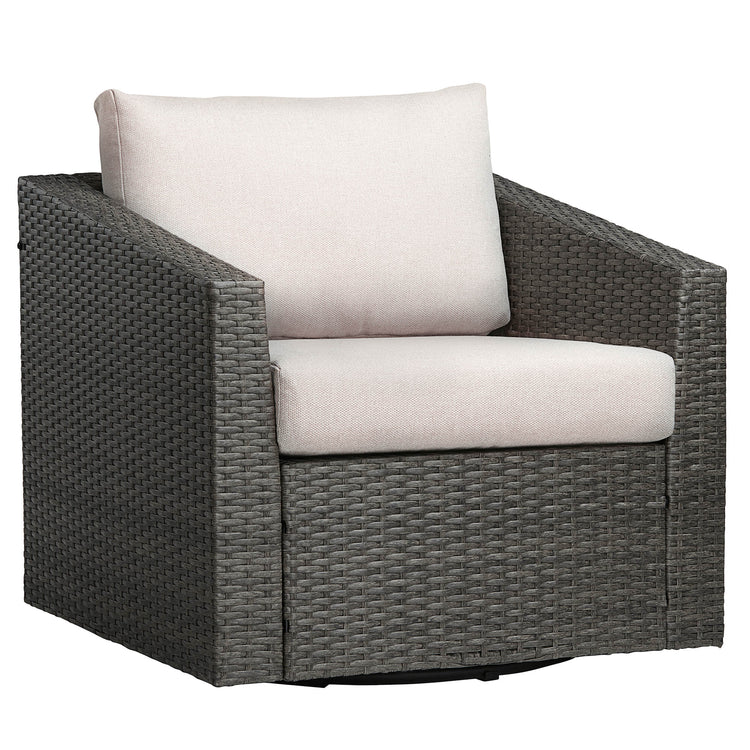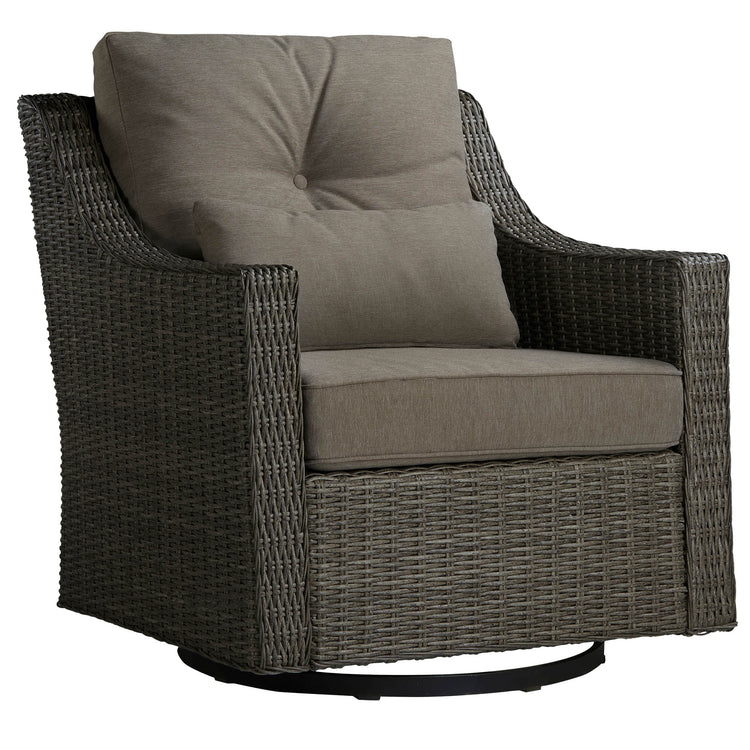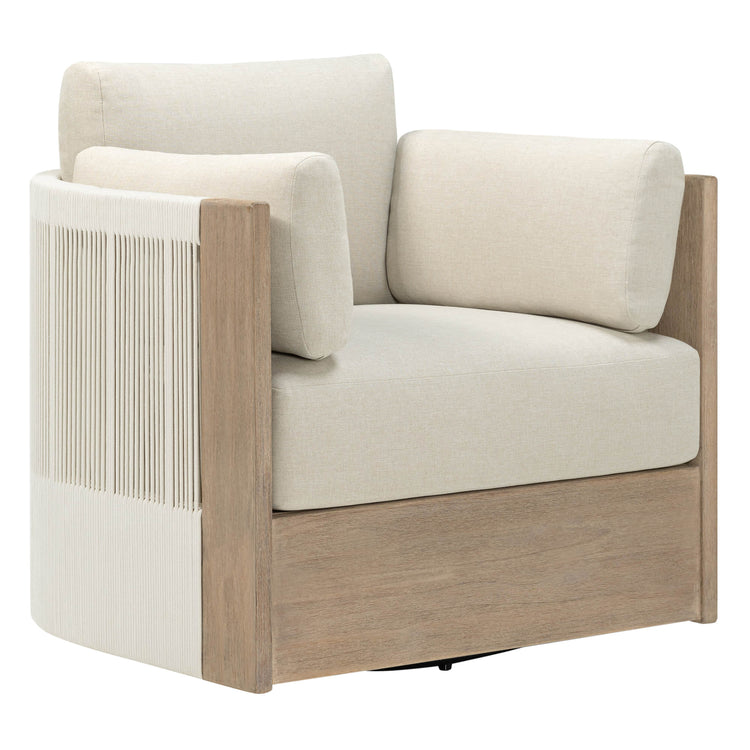Navigation
- Introduction
- Popular Design Types
- How to Choose an Accent Chair
- Frequently Asked Questions
- Conclusion
Introduction
Accent chairs serve an important decorative purpose in home interiors as complementary seating to anchor furniture arrangements and provide visual interest through their styling. When thoughtfully selected, they can enhance comfort while epitomizing your aesthetic sensibilities. This guide covers popular accent chair types and key factors to evaluate when deciding on the perfect accent chair for your needs and decor.
Defining what constitutes an accent chair is the first step in the selection process. Accent chairs are typically smaller in scale than main living room sofas or armchairs. They provide secondary, more occasional seating as part of a furniture grouping, often placed beside end tables or tucked into cozy corners. Their main role is adding flair through unique, attention-grabbing design silhouettes.
When assessing accent chair options, consider both form and function based on your goals, space, tastes, and lifestyle needs. Keep scale, comfort, materials, quality craftsmanship, and price in focus to help narrow choices.

Popular Design Types
Accent chairs encompass an extensive range of styles spanning classic to contemporary genres. Some of the most sought-after and recognized silhouettes include:
The ornately decorated wingback chair recalls the lavish Baroque-style European furnishings of previous centuries. These accent chairs feature a high, arched back flanked by vertical side wings alongside the seat. Their trademark characteristics include button tufting, rolled arms, and intricately carved solid wood trim framing the base and legs. The imposing scale and formal lines of wingback chairs lend them an air of luxury. Their substantial visual presence naturally suits traditional living room arrangements and stately home libraries or studies.
For a more casual interpretation, club chairs offer boxy, straight-lined profiling with plush, deep cushioning. Club chairs have a short, squared-back design that gently slopes outward to meet flat track arms. They often feature block feet and simple trim. Options like leather club chairs introduce a hint of masculine sensibility, while woven or printed fabric upholstery provides a softer, relaxed appeal. This versatile genre complements various aesthetics from contemporary to eclectic spaces.

Swivel accent chairs impress with their mobility and convenience for multi-directional seating. Their base features a rotating circular mechanism that enables the chair to swivel smoothly. Some models gently rock as well. The curved, barrel-shaped back enables dynamic movement. Swivel chairs promote fluid transitioning from one direction to another, lending themselves naturally to desk placements or open gathering areas. Their spinning function improves ergonomics and invites fidgeting.
For the ultimate in plush support, recliner accent chairs allow you to kick back your feet and recline the backrest. Manual lever systems or buttons allow you to activate the extended leg rest and adjust the back's angles as needed. Generous padding, especially on the headrest, maximizes comfort. The customized positioning eases pressure points and enables fully relaxing or slightly inclined TV viewing postures.
Sleeper chair models offer overnight guests a space-saving sleep solution by quickly converting them into a bed or chaise lounger. During the day, the chair provides comfortable, upright seating. By night, it flattens into a mattress or fully inclines into a lounge chair perfect for reading nooks. This versatility and adaptability enable multifunctional use for both work and rest within compact areas.

How to Choose an Accent Chair
When weighing accent chair selections, keep these pivotal criteria in mind:
- Scale: First, assess the chair's dimensions against your room's proportions. Measure the open floor area along with doorway clearance to guarantee ample space exists for unimpeded chair usage and traffic flow. Avoid oversized chairs that could overwhelm or dominate smaller spaces visually.
- Comfort: Whenever possible, personally test chairs in showrooms by sitting for a period to judge cushion plushness, seat depth, lumbar support, and overall relaxation potential. Softer, thicker cushioning and contoured backs typically increase enjoyment and comfort.
- Style: Evaluate how the chair's silhouette and details either complement or contrast your main furnishings' existing aesthetic. Seek cohesive design that appears purposeful, whether matching or accentuating decor themes through color, finish, or motifs.
- Materials: Inspect the quality and durability of cover materials, along with their care and maintenance needs. For example, performance fabrics may offer stain resistance and longevity superior to basic cotton or linen.
- Quality: Weigh factors like construction reinforcement, sturdy base materials, and warranty coverage offered when determining quality for the price. While costlier designs often prove more enduring, quality budget finds exist.
Frequently Asked Questions
Q1: What is an accent chair used for?
A: Accent chairs provide secondary, decorative seating as part of a living room furniture grouping, in bedrooms, or as standalone statement pieces in offices or corners. Their main role is adding stylish visual interest through unique design elements.
Q2: What size accent chair should I get?
A: Consider the proportions of the space you want to place the accent chair in. Measure area dimensions and openings to ensure enough clearance space around and behind the chair. Standard accent chair sizes range between 30-40 inches wide and 28-34 inches deep with seat heights around 18-22 inches.
Q3: Should I get a chair with or without armrests?
A: Armrests provide helpful leverage assistance when sitting down or standing up from a chair. They also enable relaxed arm placement. However, armless chairs have a lighter, more streamlined aesthetic that preserves floor space in tight areas.

Q4: How do I clean a fabric accent chair?
A: Check fabric care instructions but mild soap and water applied gently with a sponge can remove most stains on polyester or cotton upholstery. For deeper cleaning, use a vacuum attachment first before treating spots. Let fabric fully air dry.
Q5: Should I buy new or vintage?
A: Buying new ensures perfect condition, warranties, and the latest on-trend styles. Vintage finds offer built-to-last quality and unique charm. Assess budget, quality needs, and aesthetic goals to decide which suits you best.
Q6: What styles of accent chairs are popular?
A: Classic wingback and club chairs remain sought-after. Contemporary barrel chairs, swivel chairs, stools, and recliners are also popular. Playful accent chair styles like chairs mimicking hands, lips, or birds satisfy fun personalities.
Conclusion
When incorporating an accent chair into your home, carefully evaluate space, functionality, personal design preferences, and budget to make the optimal choice. Seek top-tier quality materials and construction suited to your long-term goals. Test different styles for ideal proportions, arm placement, back support, and plush comfort. Arrange your chosen accent chair strategically to be the crowning jewel of your room.
Read More
- How to Position Accent Chairs in Living Room? – CHITA LIVING
- Accent Chairs for Living Rooms: How to Select the Right Shape, Size an – CHITA LIVING
- Accent Chairs: Welcoming Personality And Purpose Into Any Space – CHITA LIVING
- How to Choose a Glider for Your Nursery? – CHITA LIVING
- CHITA Mattress Unboxing Instructions – CHITA LIVING
